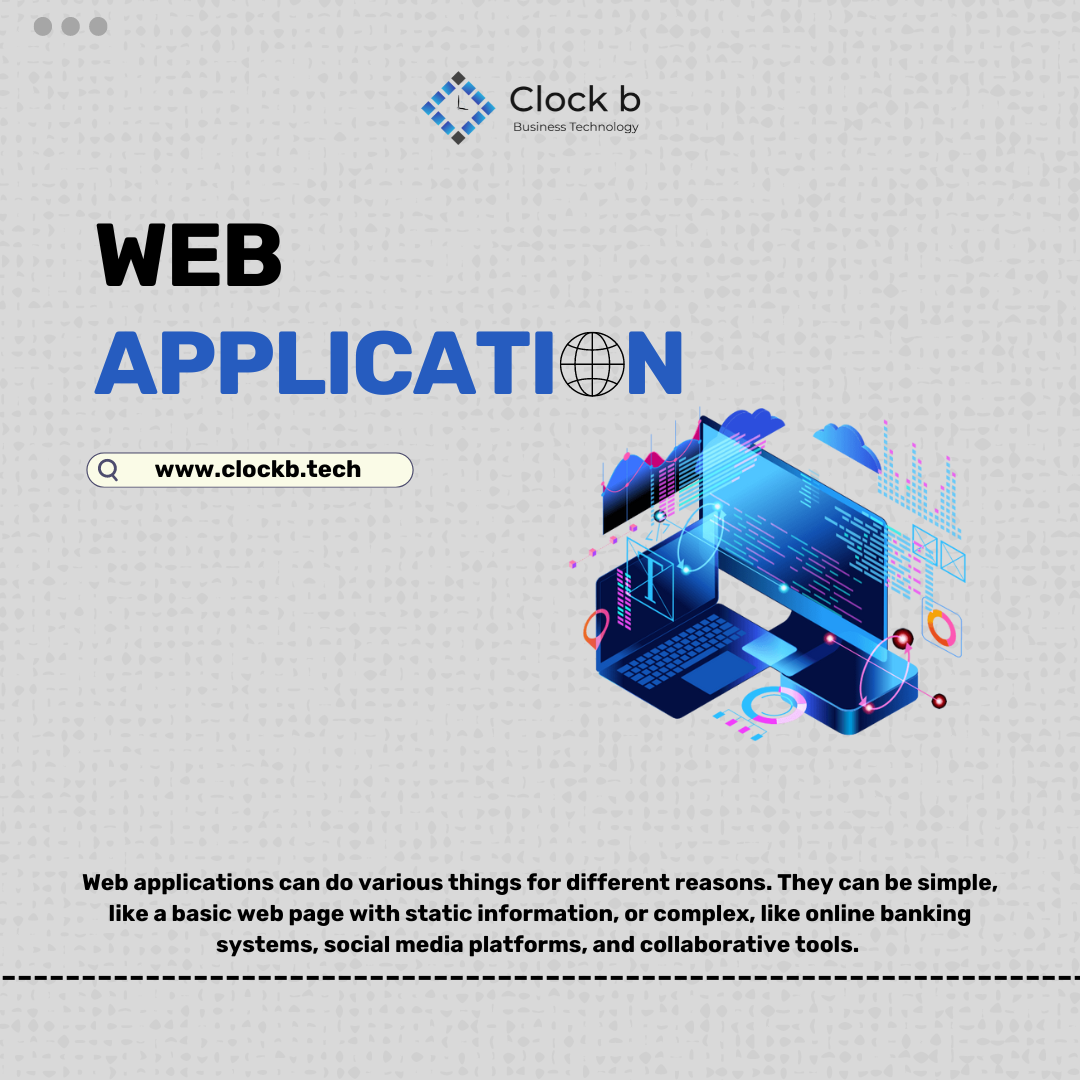Introduction
In today’s digital world, Web Applications are fundamental to our online experiences, providing flexible platforms for various purposes. This article explores web applications, including their definition, features, advantages, and examples.
What is Web Application?
Web application is software that users access and interact with through a web browser over a network, typically the Internet. Unlike traditional desktop applications, web apps don’t require installation on a user’s device. They operate within a web browser, making them accessible from various devices with internet connectivity.
Key Features and Functionalities
Accessibility
It can be accessed from anywhere with an internet connection, providing users with flexibility and convenience.
Interactivity
They offer dynamic and interactive user interfaces, allowing users to engage with content, submit forms, and perform various tasks smoothly.
Real-time Updates
It can deliver real-time updates and information, making them suitable for collaborative and time-sensitive activities.
Cross-Platform Compatibility
Users can access web applications across different devices and operating systems, promoting a consistent experience.
Benefits of Web Applications
No Installation Required
Users can access web apps instantly without the need for installation, reducing barriers to entry.
Automatic Updates
Developers can implement updates centrally, ensuring users always have access to the latest features and security patches.
Cross-Device Compatibility
Web apps can be accessed on various devices, enabling accessibility and expansion.
Cost-Efficiency
Development and maintenance costs are often lower compared to traditional desktop applications, as updates are applied server-side.
Examples of Web Applications
Google Workspace
Includes applications like Gmail, Google Docs, Sheets, and Slides, offering collaborative and cloud-based productivity tools.
Trello
A project management tool that allows teams to organize tasks and projects using boards, lists, and cards.
A social media platform that operates entirely as a web application, enabling users to connect, share content, and interact in real time.
Salesforce
A Customer Relationship Management (CRM) platform that helps businesses manage their sales, customer service, and marketing processes.
Conclusion
Web applications have transformed the way we interact with software, providing a flexible and accessible approach to various tasks and activities. From productivity tools to social networking platforms, the versatility and convenience offered by web apps continue to shape our digital landscape. As technology advances, the role and impact of web apps will likely expand, making them an essential part of our interconnected world.


